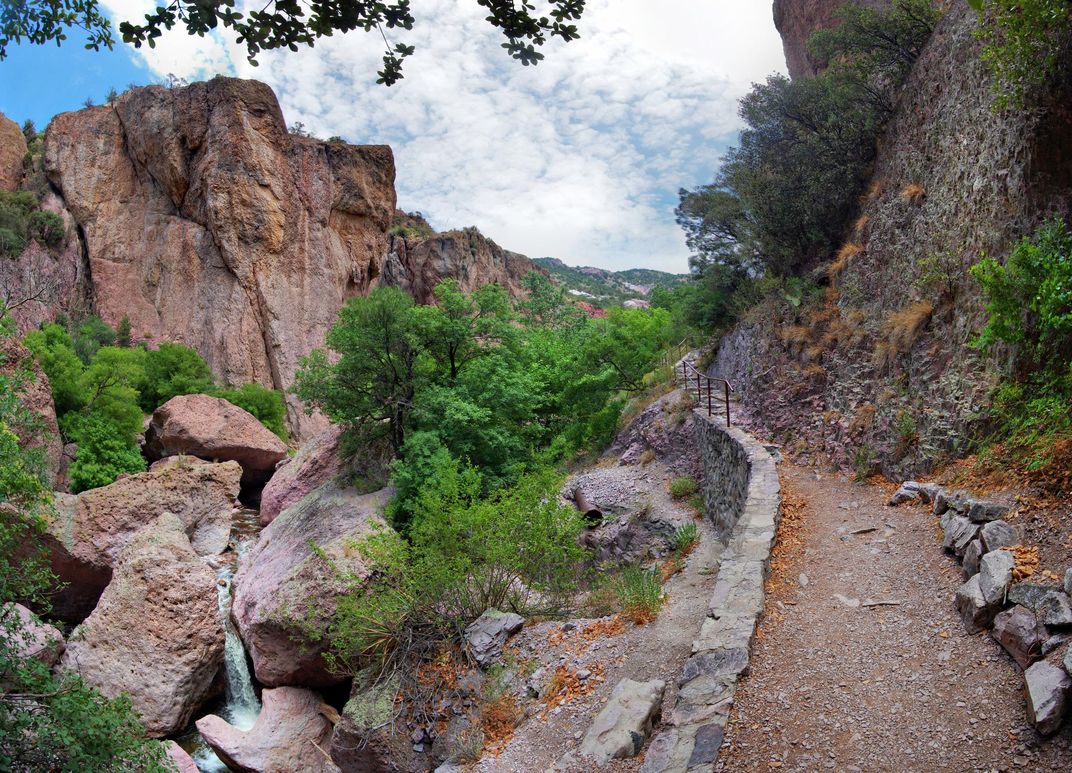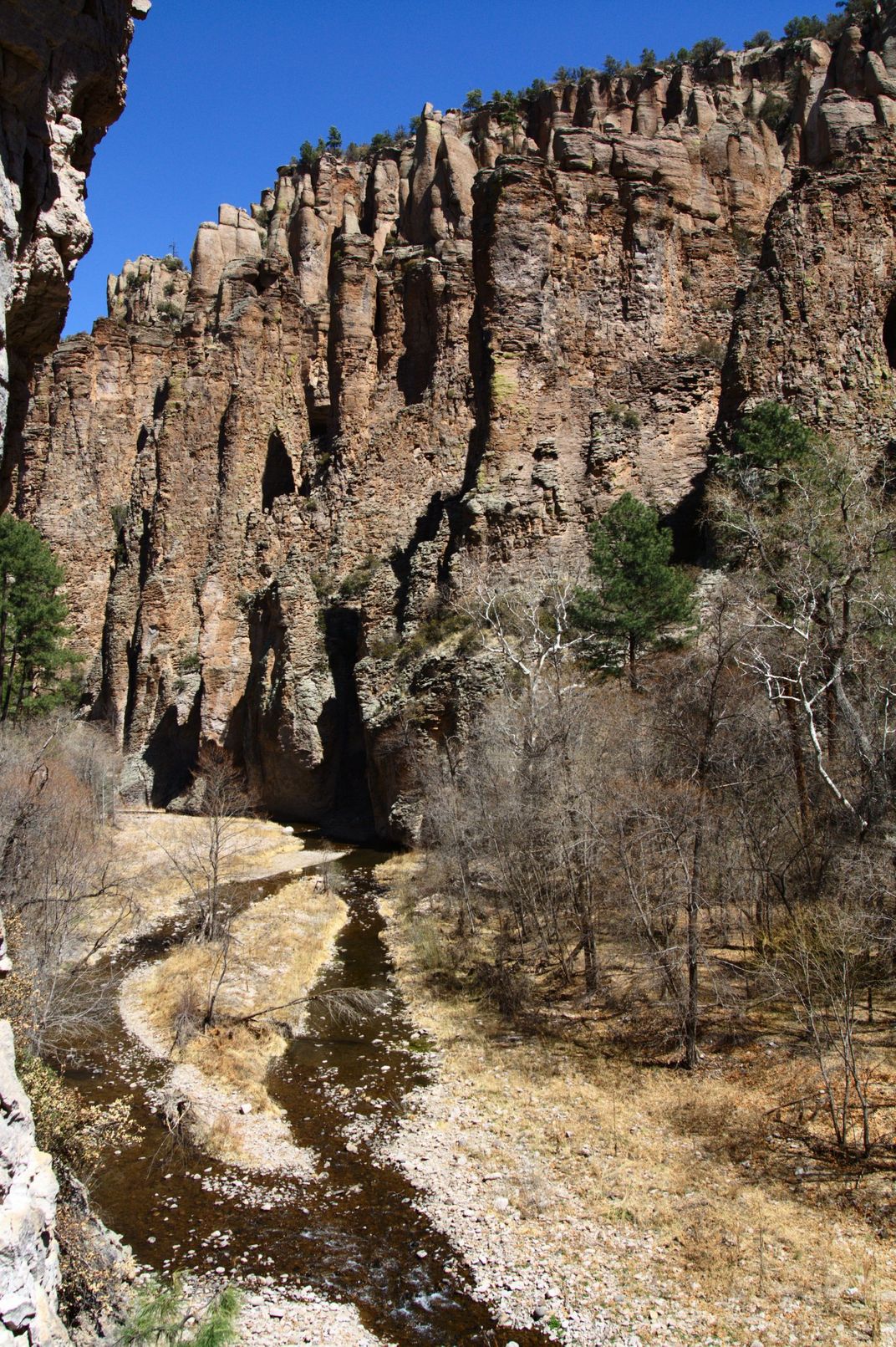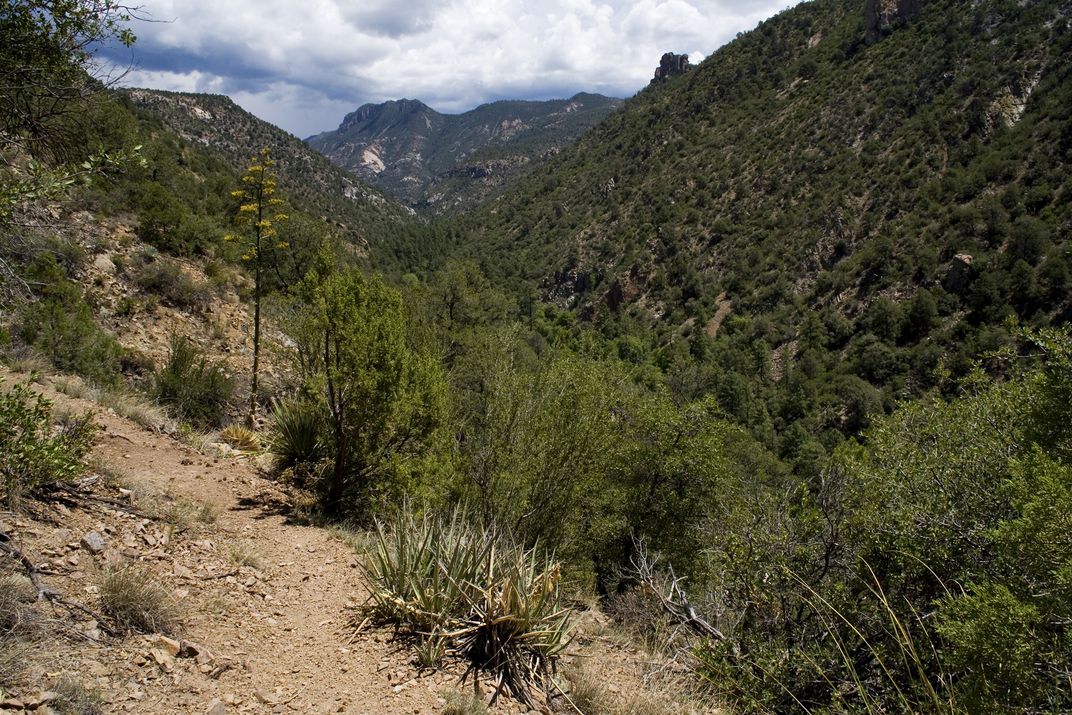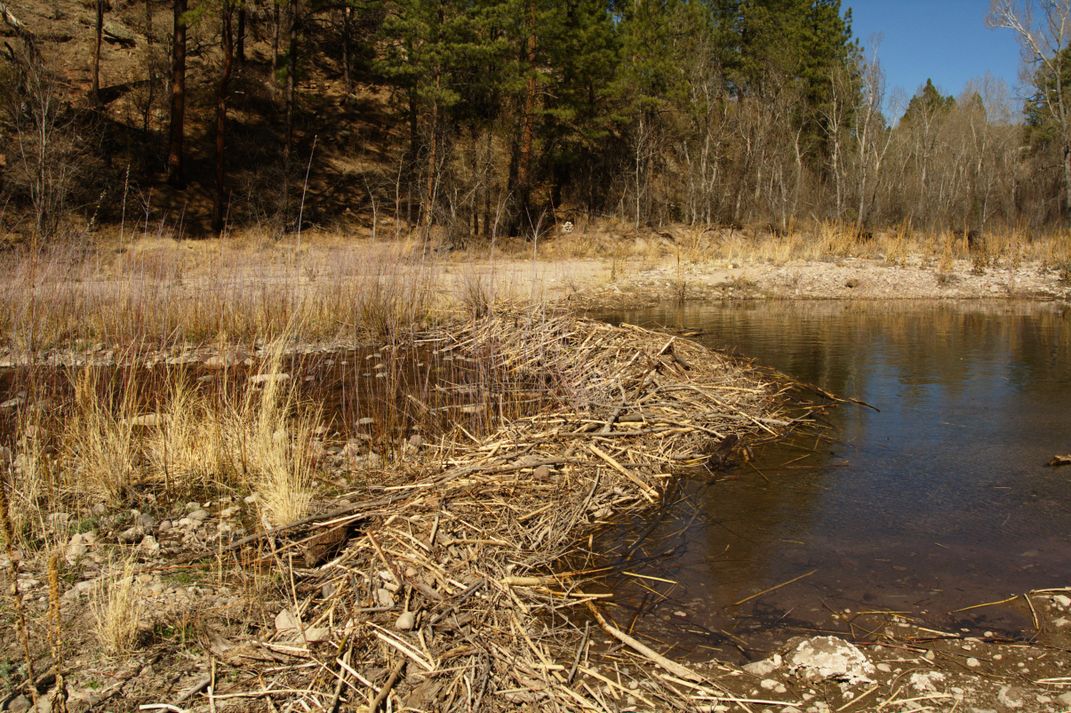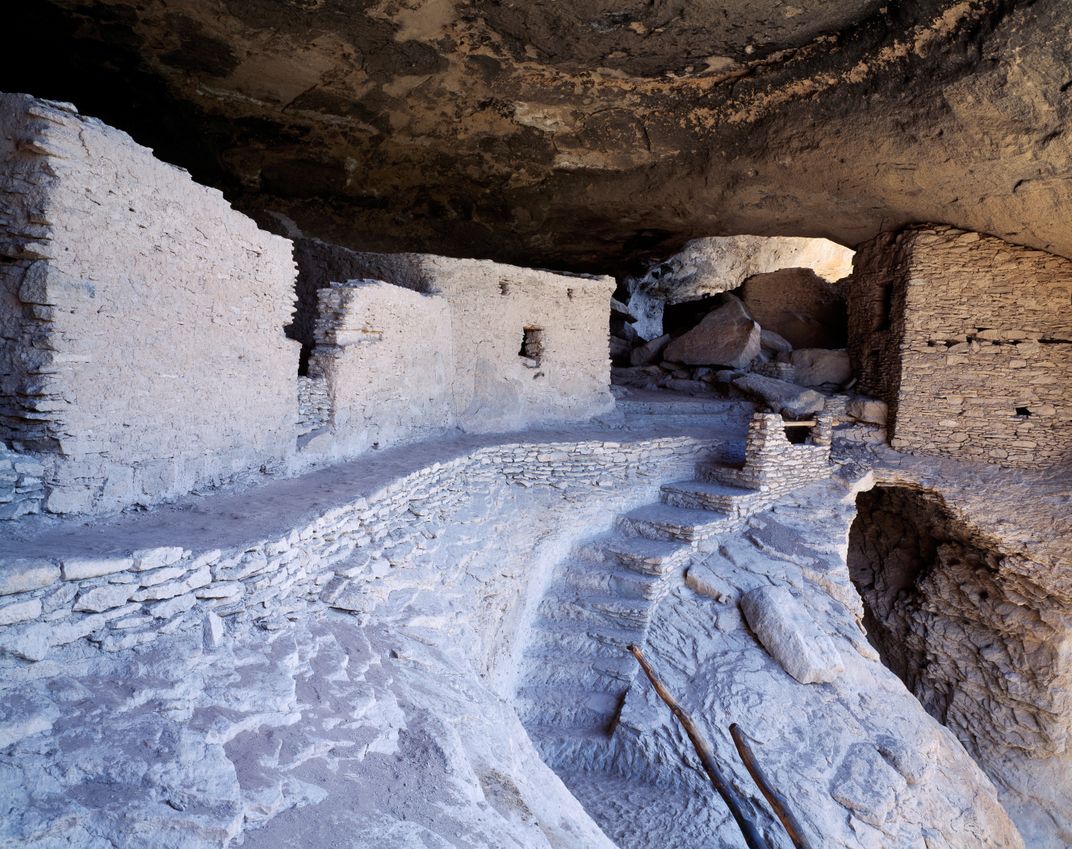Gila Wilderness
High mesas, juniper woodland, hot springs
Location: New Mexico
Size: 558,014 acres
Year Designated: 1964
Fast Fact: Gila Wilderness is the world’s first designated wilderness area, designated as part of the National Forest System in 1924.
Perhaps more than any other wilderness area in America, Gila Wilderness represents the delicate relationship between the natural world and humans that depend on it. Though no one knows when humans first came to live within Gila, there’s evidence that humans might have occupied the area as early as 9,500 B.C. Dwellings from the ancient Mogollon civilization still line Gila’s cliffs. The Mogollon civilization disappeared around the 13th century, but in the 16th and 17th century, people from the nomadic Apache culture moved in from the North. By the 1800s, European explorers—mainly Spanish—had set up copper mines in Gila, in order to supply Spain with enough copper to mint its coins. In 1821, Gila became part of Mexico, but it was transferred back to the United States through the Gadsen Purchase in 1848.
But years of European exploitation had greatly depleted Gila’s natural wonders—the bison that once roamed its lands were gone, along with beavers, forests and the ancient cultures that called the area home. Toward the end of the 19th century, preservationists began to worry about human’s irreversible impact on America’s natural wonders, a movement which eventually led to the creation of the National Parks System with America’s very first National Park, Yellowstone, in 1872. But Americans were less concerned with the concept of wilderness than they were with the preservation of scenic areas—places that Americans could visit to experience a more controlled version of the wild, not areas that remained wild in their own right.
Toward the middle of the 20th century, those working in the Forest Service began to see tangible changes in the nation’s wilderness—trees, plants and animals that had once existed in abundance were becoming fewer, even with the National Forest System in place. The country needed a more robust means of protecting wild areas for recreation, preservationists argued. The movement came to a head in 1924, with a proposal to build roads through the Gila area. A Forest Service worker, Aldo Leopold, argued that building roads through the area would completely change the nature of Gila’s wilderness. With the support of the local community, Leopold prevailed, and in 1924, 755,000 acres of Gila were set aside as wilderness to be managed by the Forest Service—the first wilderness area in the world.
In 1964, Congress sanctioned the wilderness area, making Gila the first wilderness area included within the National Wilderness Act of 1964. Today, Gila includes over 550,000 acres of wilderness, dotted with canyons, mesas and rolling hills. The western portion of Gila includes the high peaks of the Mogollon Range.
